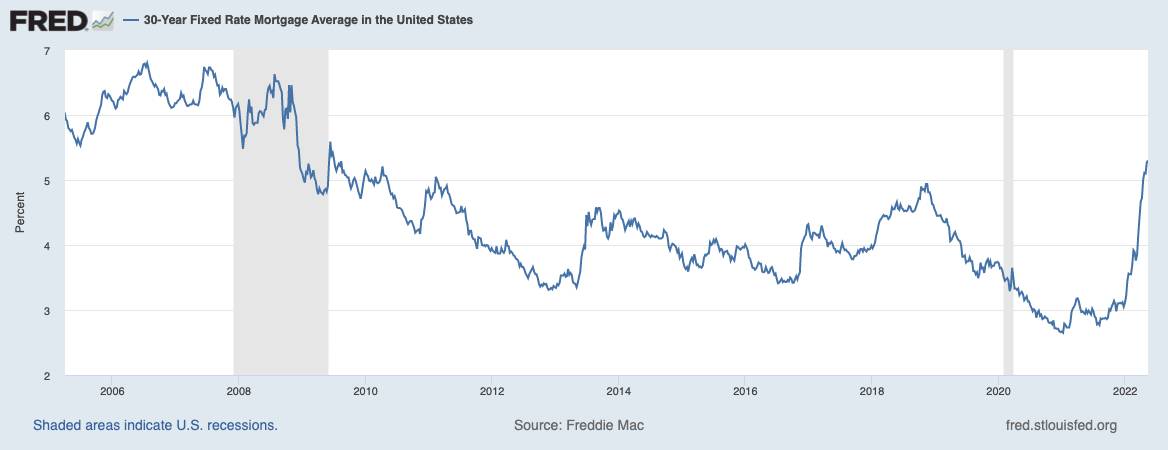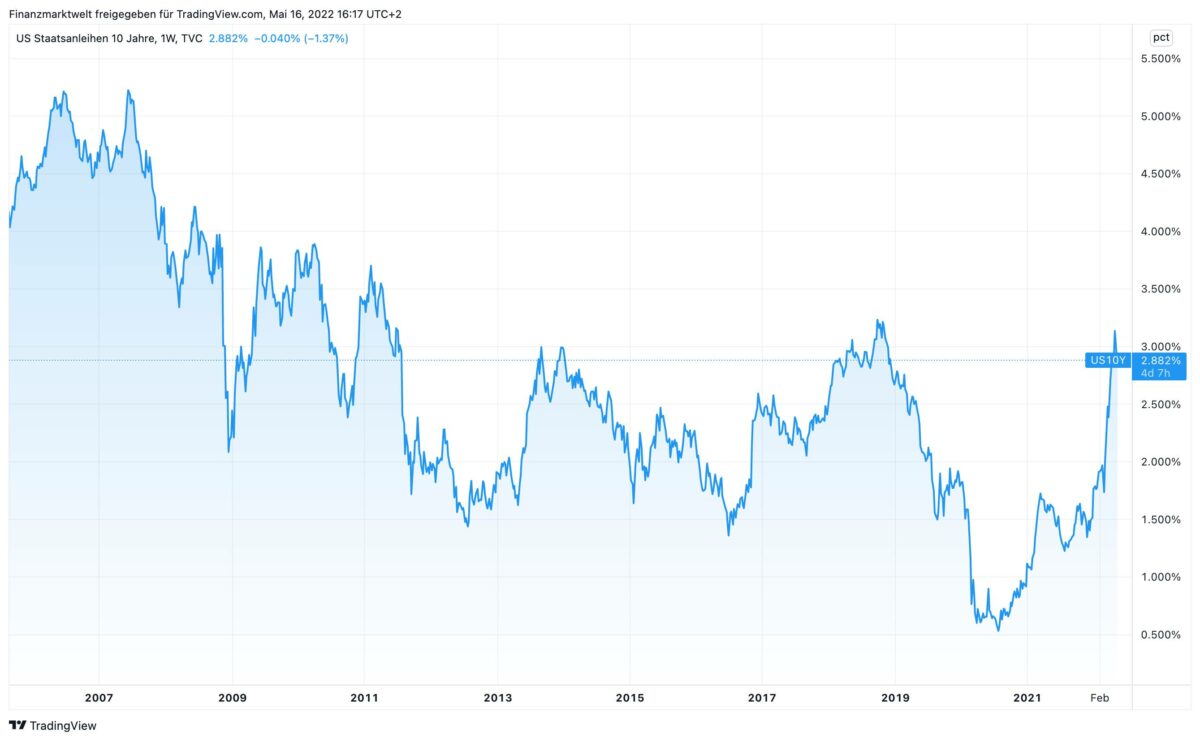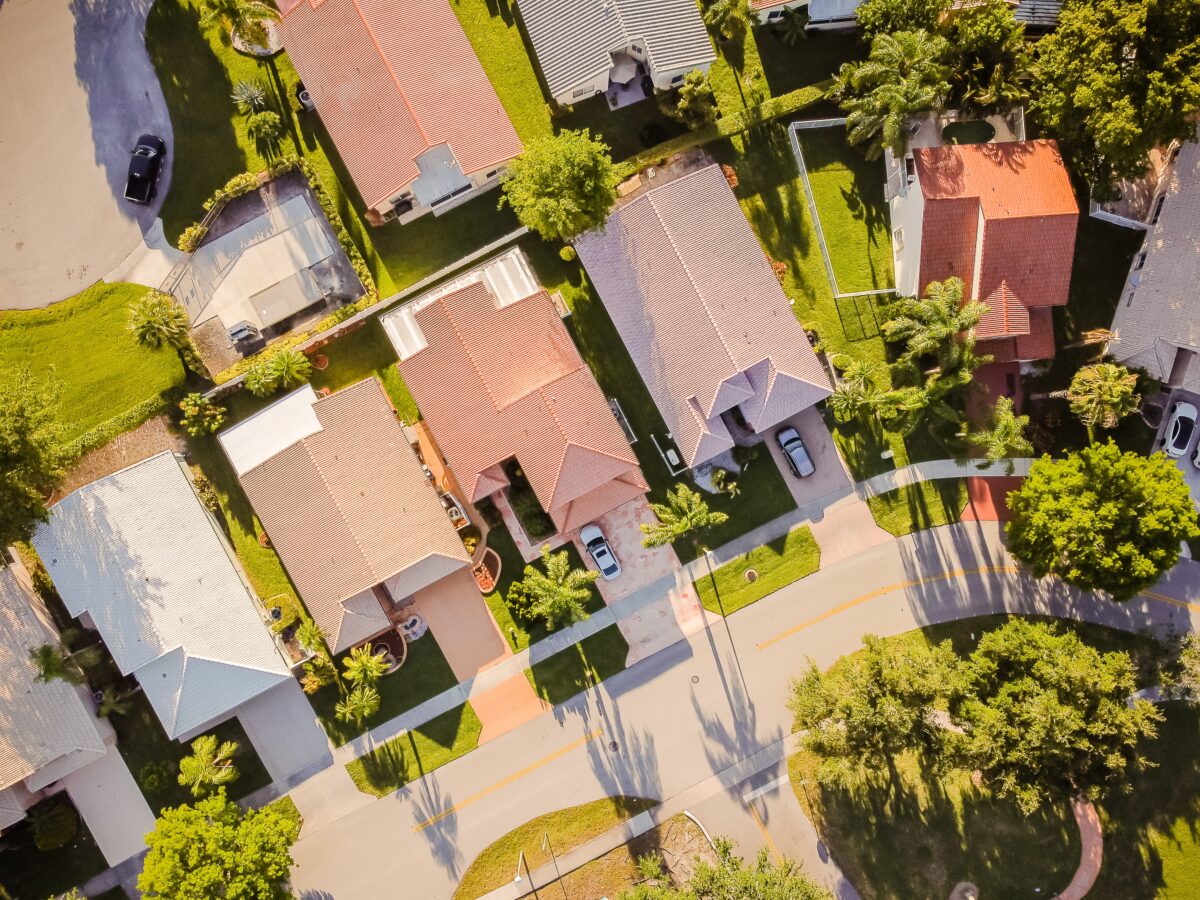At 5.30 percent for a 30-year term, US mortgage interest rates have now reached their highest level since the summer of 2009, i.e. since the great financial crisis in the USA – this is shown recently published data by Freddie Mac. That rate peaked at 6.80 percent in 2006, and then fell in the 2008-2009 crisis. In the years that followed, due to monetary policy measures, US mortgage interest rates fell further to 3.35 percent in 2013. Thanks to monetary policy during the corona crisis, a low of 2.65 percent was seen at the beginning of 2021. But since then, this interest rate, which is essential for the US housing market, has doubled again to 5.30 percent, as I said.
Rising US mortgage rates are making home buying significantly more expensive
The interest rate turnaround of the Fed is therefore clearly recognizable. The trend is turning and US mortgage rates are rising fast. This means that home loans are becoming significantly more expensive for Americans. In the short term, many buyers could still be more inclined to take out a loan quickly – before interest rates become even more expensive. In the medium term, however, higher borrowing costs are more likely to keep many low-income home buyers out of the market. Example calculation: With a 30-year mortgage of 300,000, a homebuyer would pay $1,666 per month, which is $384 more than at the end of December 2021.
Dangerous flexible interest rates are becoming more popular
sea Message According to the Mortgage Bankers Association of the USA (MBA), adjustable rate mortgages are becoming increasingly popular as a cheaper option to fixed rate mortgages. Last week, these home loans with variable interest rates that adjust to the market at predetermined times — accounted for the largest share of home loan applications since 2008. Buying activity has now increased for two weeks in a row. According to the MBA, more and more borrowers in the US are now using the loans with flexible interest rates to fight against higher interest rates. Floating rate loans increased to 11 percent of total loans and 19 percent of dollar volume. The problem: now the flexible interest rates are perhaps cheaper. But when you see a year-long streak of rising interest rates, the fixed-rate buyer has now secured his fixed-rate for the long haul. However, the buyer, who now has slightly cheaper flexible interest rates, sees his credit rate becoming more and more expensive over the decades because the flexible interest rate is regularly adjusted to rising interest rates.

Above you can see the US mortgage rates with a term of 30 years since 2005. Below you can see in TradingView Chart in good correlation with the development of yields for ten-year US government bonds since 2005. Only a few days ago, the yield exceeded the 3 percent mark.

Read and write comments, click here
–
–


